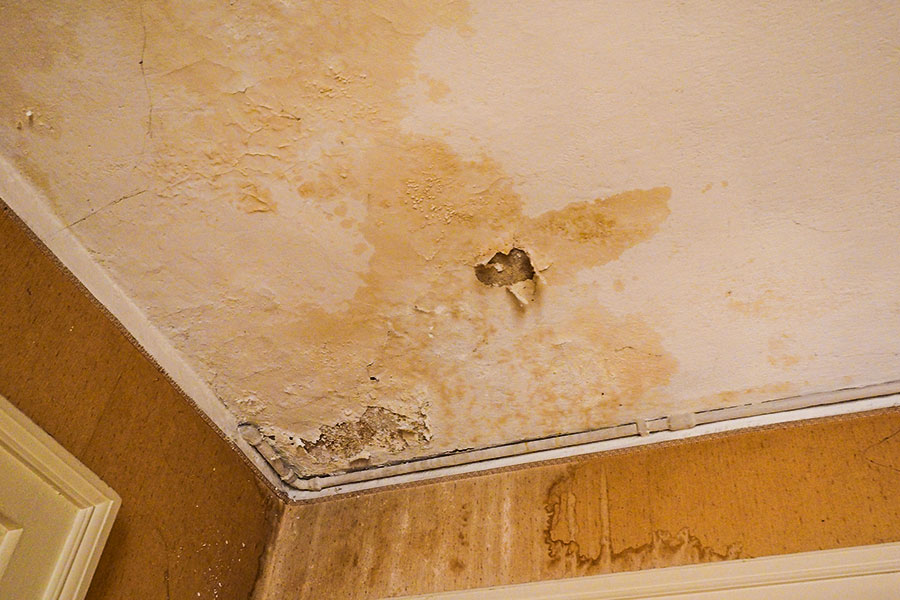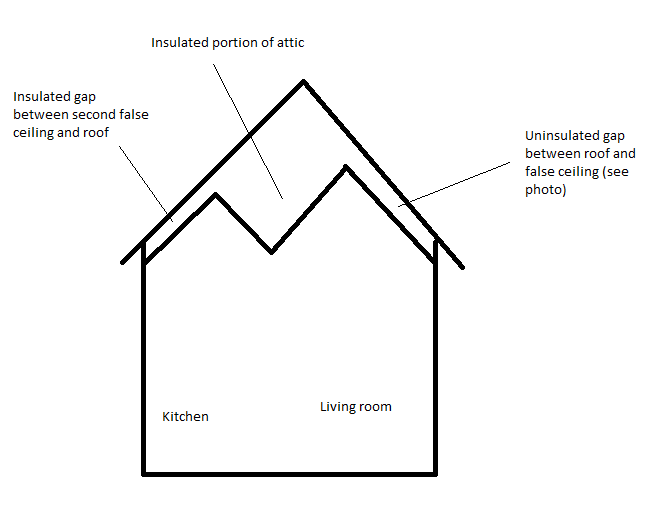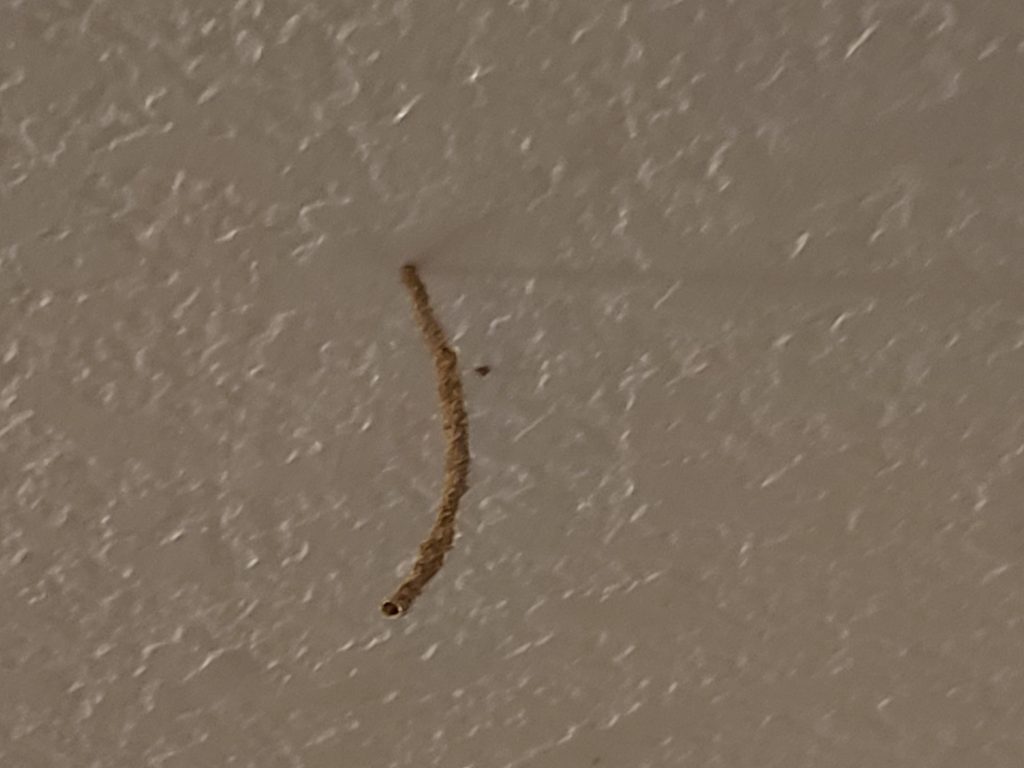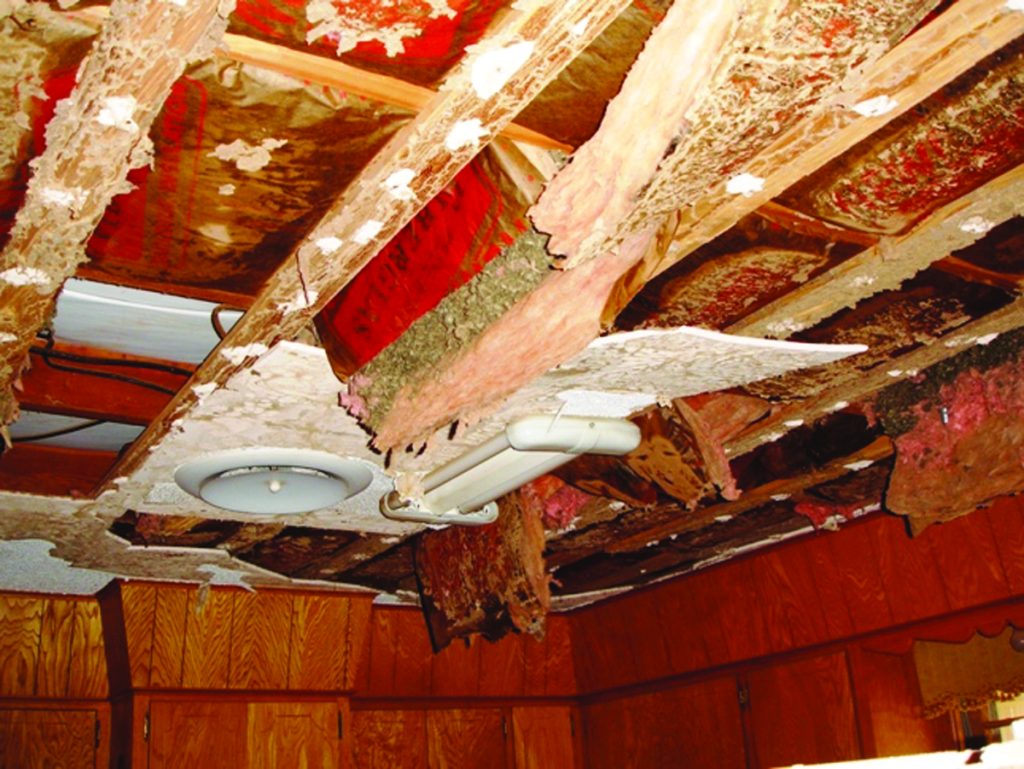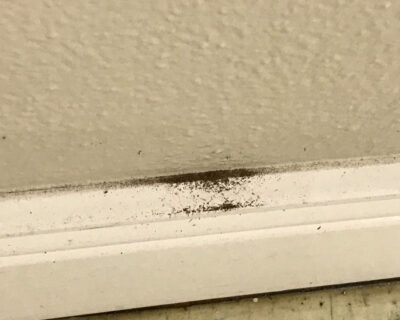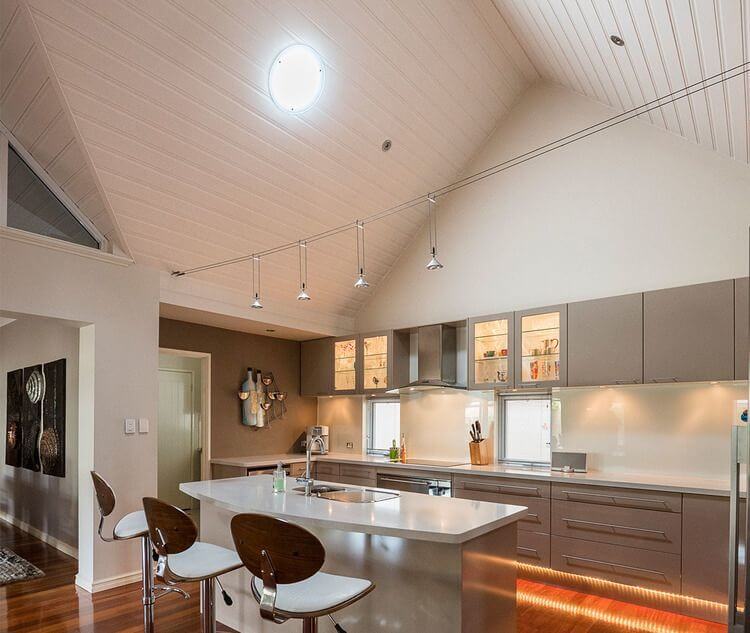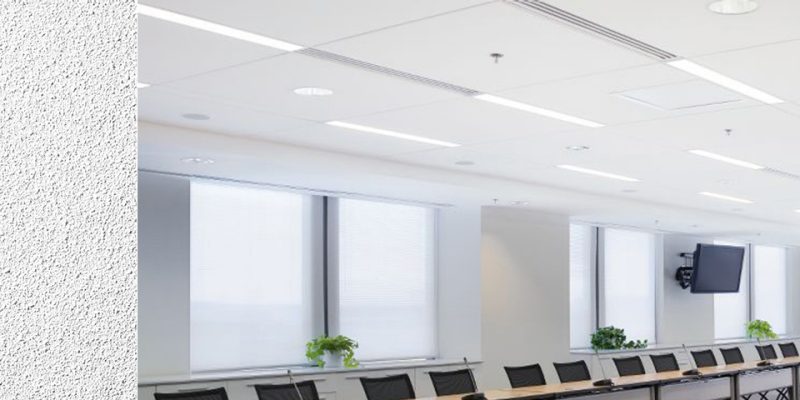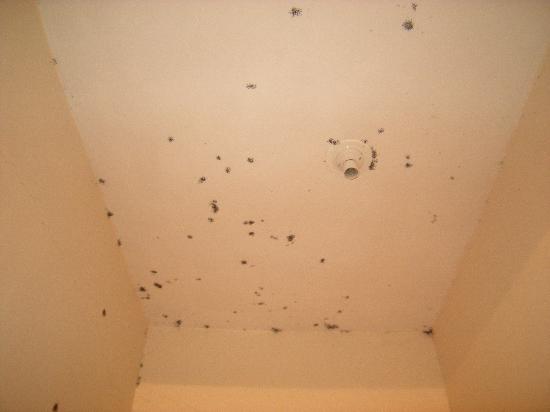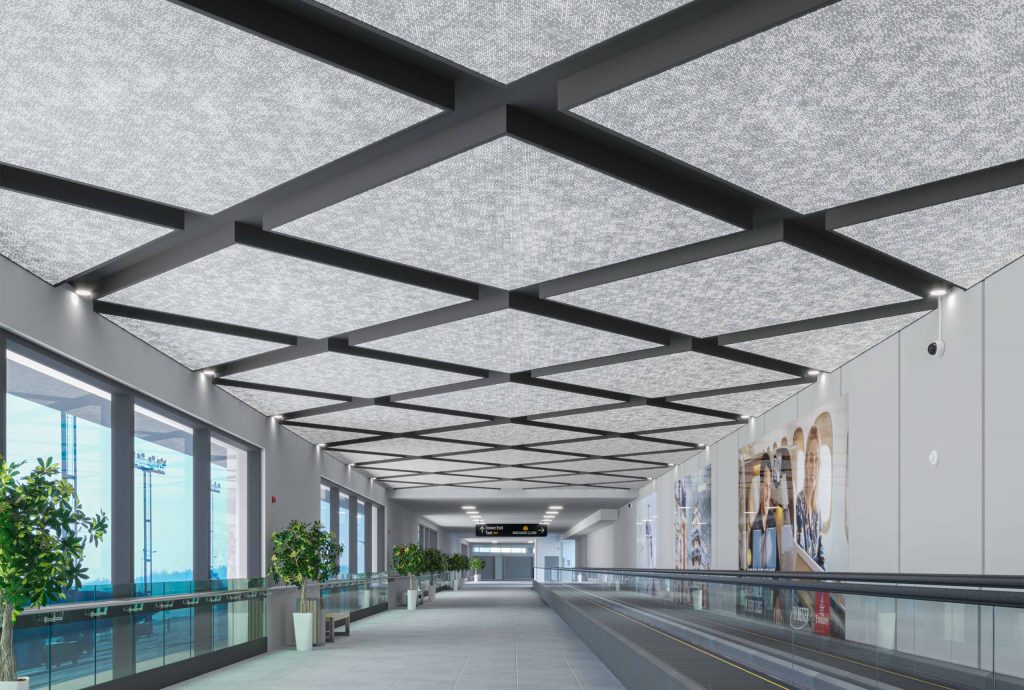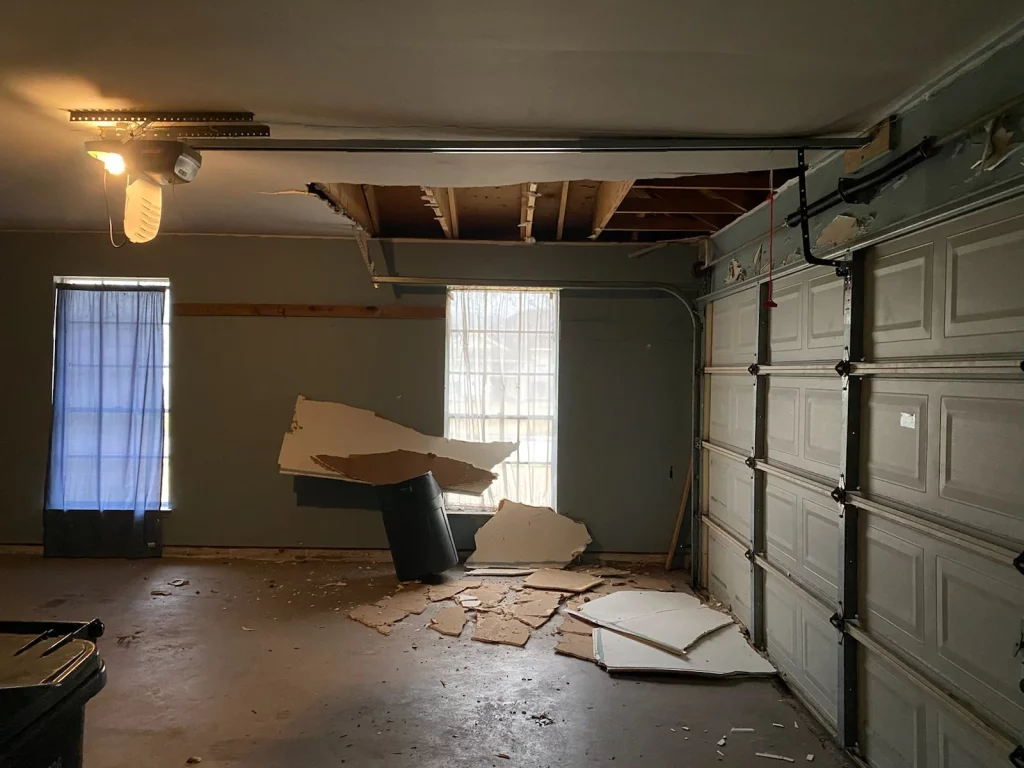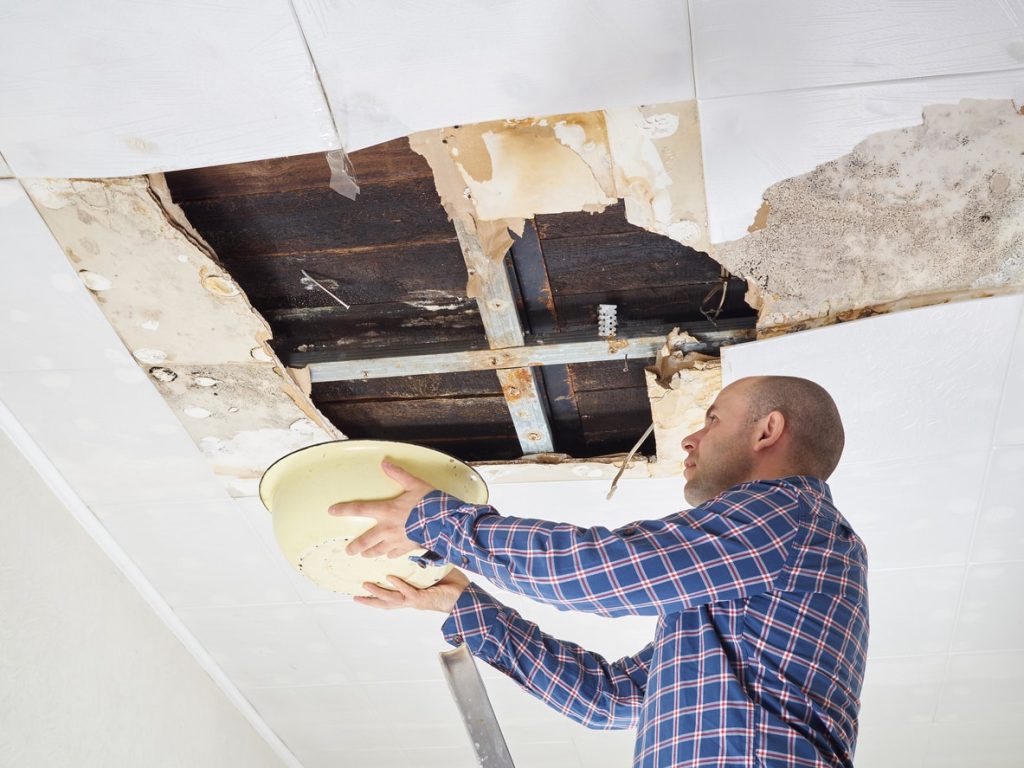Are unexpected ceiling water bubbles causing concern in your home? Explore the reasons behind “Ceiling Water Bubble” occurrences and discover effective solutions to safeguard your living space.

Unraveling the Mystery: Ceiling Water Bubble
Discovering a water bubble on your ceiling can be alarming and necessitates immediate attention. In this comprehensive guide, we will delve into the phenomenon of “Ceiling Water Bubbles,” exploring the potential causes, implications, and practical steps to address and prevent this issue.
Read too: Understanding and Addressing Termite Ceiling Damage: Unveiling the Hidden Threat
Ceiling Water Bubble: Causes and Concerns
1. Leaking Roof:
- Roof leaks are a common culprit behind ceiling water bubbles.
- Identify and repair damaged or missing shingles, flashing issues, or compromised roofing materials.
2. Plumbing Leaks:
- Water leaks from plumbing systems can lead to water accumulation in ceilings.
- Regularly inspect and address any plumbing issues promptly.
3. Condensation:
- Excessive condensation in the ceiling space can result in water bubbles.
- Improve ventilation and insulation to minimize condensation.
Identifying and Assessing Ceiling Water Bubbles
1. Visual Inspection:
- Regularly inspect your ceilings for any signs of water bubbles.
- Address any visible water damage promptly to prevent further issues.
2. Soft Spots:
- Gently press on the bubble to identify soft or damp areas.
- Soft spots indicate moisture infiltration and potential water damage.
3. Staining and Discoloration:
- Stains or discoloration on the ceiling are indicative of water damage.
- Investigate the source of the water and address it to prevent further damage.
Dealing with Ceiling Water Bubbles
1. Draining the Bubble:
- Safely puncture the bubble to release trapped water.
- Use a bucket to collect water and ensure proper drainage.
2. Ceiling Repairs:
- Once the bubble is drained, assess the extent of damage.
- Repair or replace damaged ceiling materials as needed.
3. Addressing the Root Cause:
- Identify and address the root cause of the water infiltration.
- Repair roof leaks, plumbing issues, or improve ventilation as necessary.
Preventive Measures for a Dry Home
1. Regular Inspections:
- Conduct routine inspections of your roof and ceilings.
- Proactive identification of issues can prevent extensive damage.
2. Prompt Repairs:
- Address any signs of water damage promptly.
- Timely repairs minimize the risk of water bubbles and related issues.
3. Improved Ventilation:
- Enhance ventilation in your home to reduce the likelihood of condensation.
- Proper airflow helps maintain a dry and healthy living environment.
Professional Assistance and Consultation
1. Roofing Experts:
- Consult with roofing experts for thorough roof inspections.
- Professionals can identify and address potential issues that may lead to water infiltration.
2. Plumbing Professionals:
- Seek assistance from plumbing professionals for comprehensive plumbing inspections.
- Timely detection and repair of leaks are crucial to preventing water damage.
Conclusion: A Dry and Secure Home
In conclusion, understanding and addressing “Ceiling Water Bubbles” is essential for maintaining a dry, secure, and comfortable home. By identifying the causes, promptly draining and repairing bubbles, and implementing preventive measures, homeowners can safeguard their living spaces from water damage.
Remember, regular inspections and proactive maintenance are key to preventing and addressing issues before they escalate. Embrace a proactive approach, and enjoy the peace of mind that comes with a dry and secure home environment.


